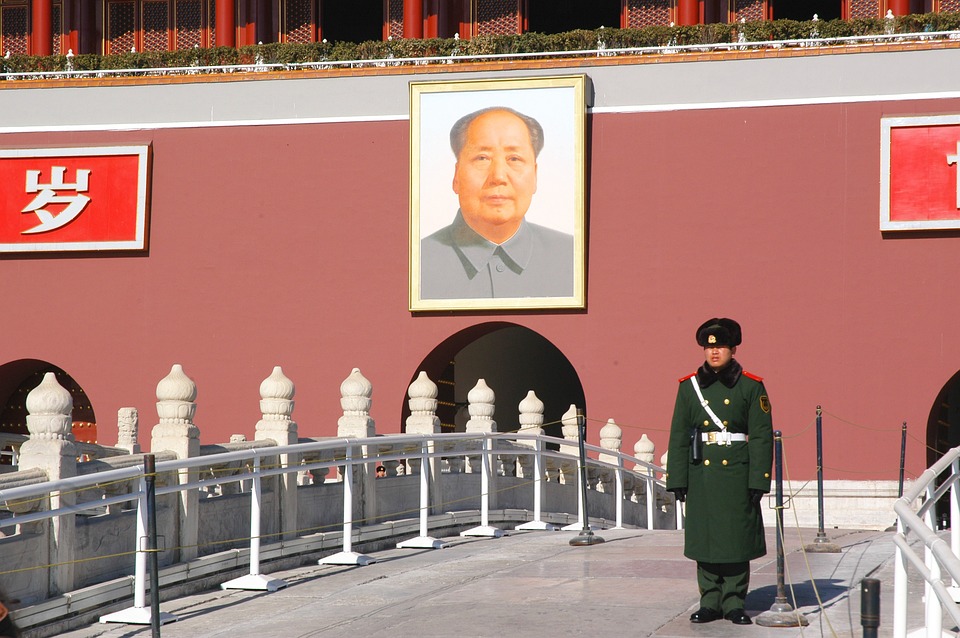The Rise of Trickle-Down Economics
Trickle-down economics, also known as supply-side economics, became popular in the 1980s during the Reagan administration. The basic premise of this economic theory is that by cutting taxes on the wealthy and corporations, the benefits will eventually “trickle down” to the rest of society. Proponents of this theory argue that when the wealthy have more money, they will invest in businesses, create jobs, and boost economic growth, which will benefit everyone in the long run.
The Reality of Trickle-Down Economics
However, the reality of trickle-down economics has been quite different from its promises. Instead of creating a rising tide that lifts all boats, trickle-down economics has led to unprecedented levels of income inequality. The rich have gotten richer, while the middle class and the poor have seen little to no improvement in their economic well-being.
One of the main reasons why trickle-down economics has failed is that the wealthy do not necessarily invest their tax cuts back into the economy. Instead, they often hoard their wealth in offshore accounts or use it to buy luxury goods, which does not create jobs or stimulate economic growth. This lack of investment in the real economy has led to stagnant wages, declining job security, and a shrinking middle class.
The Myth of Job Creation
Another myth perpetuated by trickle-down economics is that cutting taxes on the wealthy will lead to job creation. While it is true that businesses need capital to invest in new equipment and expand their operations, simply giving tax breaks to the wealthy does not guarantee that they will create jobs. In fact, many companies have used their tax cuts to buy back their own stock or pay out dividends to their shareholders, rather than investing in new hiring or wage increases for their employees.
Furthermore, trickle-down economics fails to address the underlying problem of demand in the economy. Without a strong consumer base with purchasing power, businesses have little incentive to invest in new production or hire more workers. When most of the economic gains are concentrated at the top, there is limited spending power among the rest of the population, which can lead to stagnant economic growth and a lack of job opportunities for the average worker.
The Consequences of Income Inequality
Income inequality has numerous negative consequences for society as a whole. When wealth is concentrated at the top, it leads to social unrest, political instability, and decreased social mobility. People who are born into poverty are less likely to have the same opportunities for success as those who come from wealthier backgrounds. This perpetuates a cycle of poverty and inequality that is difficult to break out of.
Furthermore, income inequality can have negative effects on health outcomes, education levels, and overall well-being. When people do not have the resources to access healthcare, education, or other basic necessities, it can lead to a decline in quality of life and overall productivity. Inequality also leads to higher crime rates, as disadvantaged individuals may turn to illicit means to make ends meet.
The Need for Economic Reforms
In order to address the failures of trickle-down economics and combat income inequality, there is a need for comprehensive economic reforms that prioritize the well-being of all members of society. This includes policies that promote fair taxation, progressive wealth redistribution, and investments in social programs that support those in need. It also requires increased regulation of the financial sector to prevent excessive risk-taking and market manipulation that can lead to economic instability.
Additionally, addressing income inequality requires a shift in mindset from a focus on individual wealth accumulation to a collective understanding of the benefits of a strong social safety net and a more equitable distribution of resources. This may involve rethinking the role of government in the economy and ensuring that policies are in place to protect the most vulnerable members of society.
Conclusion
In conclusion, trickle-down economics has failed to deliver on its promises of economic prosperity for all. Instead, it has led to increased income inequality, stagnant wages, and a shrinking middle class. The myths of job creation and wealth accumulation for all have been debunked by the reality of a system that benefits the few at the expense of the many.
In order to address the failures of trickle-down economics and combat income inequality, there is a need for comprehensive economic reforms that prioritize the well-being of all members of society. This includes fair taxation, progressive wealth redistribution, and investments in social programs that support those in need. Only by taking bold, decisive action can we create an economy that works for everyone, not just the wealthy few.




